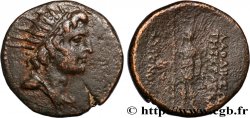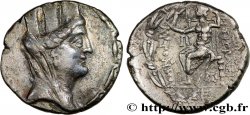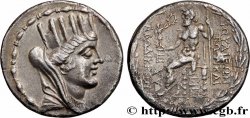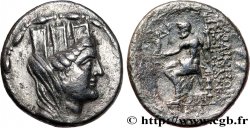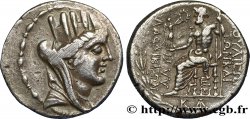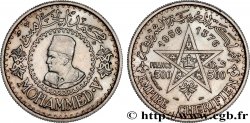v51_0249 - SÍRIA - SELEUCIA Y PIERIA - LAODICEA Tétradrachme stéphanophore
MONNAIES 51 (2011)
Precio de inicio : 750.00 €
Valoración : 1 200.00 €
lote sin vender
Precio de inicio : 750.00 €
Valoración : 1 200.00 €
lote sin vender
Tipo : Tétradrachme stéphanophore
Fecha: An 19
Nombre del taller / ciudad: Syrie, Séleucie et Piérie, Laodicée
Metal: plata
Diámetro: 25,5 mm
Eje de acuñación: 11 h.
Peso: 14,81 g.
Grado de rareza: R3
Comentarios sobre el estado de conservación:
Exemplaire sur un petit flan bien centré des deux côtés un peu court sur les couronnes. Très beau portrait, bien venu à la frappe, de haut relief. Joli revers avec un Zeus équilibré de haut relief, de style fin, bien venu à la frappe. Très belle patine de collection ancienne avec des reflets mordorés. Patine légèrement granuleuse
N° en los catálogos de referencia :
Pedigrí:
Cet exemplaire provient du stock de Roland Barthold, août 1985
Anverso
Titulatura del anverso: ANÉPIGRAPHE.
Descripción del anverso: Buste de Tyché à droite, tourelé, voilé et drapé, entouré de la stemma.
Reverso
Descripción del reverso: Zeus nicéphore trônant à gauche, tenant une Niké de la main droite et un sceptre long de la gauche ; le tout dans une couronne de laurier.
Leyenda del reverso: LAODIKEWN/ THS IERAS KAI/ AUTONOMOU/ QI/HI/ (PAU)/ KA
Traducción del reverso: (de Laodicée, la sainte et autonome).
Comentario
Même coin de droit que l’exemplaire du Cabinet des médailles de Bruxelles (collection de Hirsch 1730) pour l’an 18 (64-63 avant J.-C.) (Morkholm, 11a, pl. 15/16) avec un début de cassure de coin perceptible dans la couronne murale de Tyché au droit et une marque bien particulière sur la joue. Le coin de droit se détériore progressivement par réemploi successif plusieurs années de suite. Cette date était inédite et manquait à l’article de Morkholm. De plus l’an 19 est regravé avec le thêta refait sur l’heta (9 sur 8). Nous avons un exemplaire de l’an 17, 18 et 20 de même coin de droit que notre exemplaire (Morkholm 10a, 11a et 12, pl. 15, n° 15, 16 et 17). Ce type est maintenant signalé dans l’ouvrage de Hoover.
Same obverse die as the example from the Cabinet of Medals of Brussels (Hirsch collection 1730) for the year 18 (64-63 BC) (Morkholm, 11a, pl. 15/16) with the beginning of a die break visible in the mural crown of Tyche on the obverse and a very particular mark on the cheek. The obverse die gradually deteriorates through successive reuse over several years. This date was unpublished and was missing from the Morkholm article. In addition, the year 19 is re-engraved with the theta redone on the heta (9 out of 8). We have a example from the year 17, 18 and 20 with the same obverse die as our example (Morkholm 10a, 11a and 12, pl. 15, nos. 15, 16 and 17). This type is now noted in Hoover's work
Same obverse die as the example from the Cabinet of Medals of Brussels (Hirsch collection 1730) for the year 18 (64-63 BC) (Morkholm, 11a, pl. 15/16) with the beginning of a die break visible in the mural crown of Tyche on the obverse and a very particular mark on the cheek. The obverse die gradually deteriorates through successive reuse over several years. This date was unpublished and was missing from the Morkholm article. In addition, the year 19 is re-engraved with the theta redone on the heta (9 out of 8). We have a example from the year 17, 18 and 20 with the same obverse die as our example (Morkholm 10a, 11a and 12, pl. 15, nos. 15, 16 and 17). This type is now noted in Hoover's work







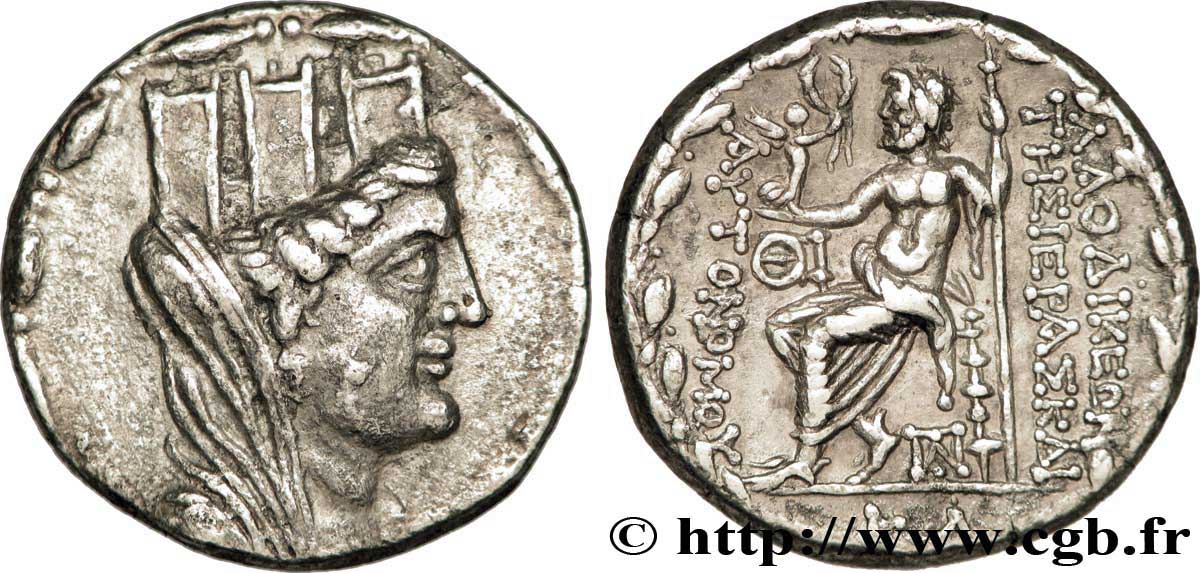
 Informar de un error
Informar de un error Imprimir la página
Imprimir la página Comparte mi selección
Comparte mi selección Haz una pregunta
Haz una pregunta Consignar / vender
Consignar / vender
 Descriptivo
Descriptivo